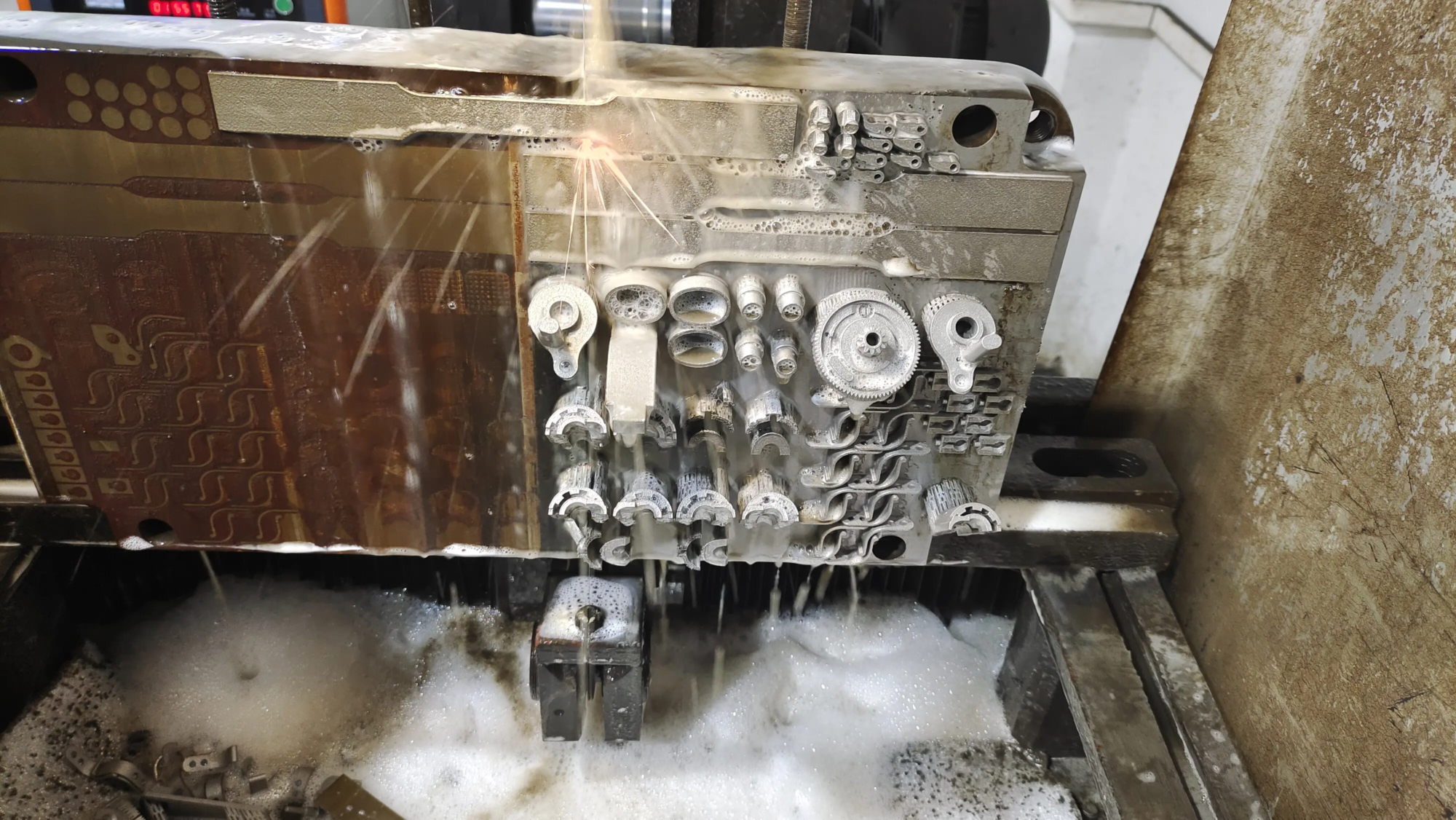In response to this problem, a research team from Duke University published a new result in Applied Chemistry International Edition: they developed a new solvent-free polymer that not only eliminates the shrinkage problem, but also improves the mechanical properties of pieces. maintain the in vivo degradability of the material, thus giving it broad application prospects in the medical field.
“My goal was to develop a thin-film, low-viscosity material for DLP 3D printing to meet the needs of biodegradable medical devices,” said Maddiy Segal, a doctoral student at Duke University. “After many attempts, I finally found the suitable monomer and synthesis method, and successfully prepared a new polymer that can be used for DLP printing without solvents.”
As one of the first solvent-free resins suitable for DLP printing, Segal conducted an extensive evaluation of test samples made with the material and was excited by the results. The samples tested showed no shrinkage or warping and were significantly stronger and more durable than traditional solvent printed parts. She said this research is the first case of successfully improving the mechanical properties of DLP printing polymers by removing solvents.
The “experimental firing” process for materials development
When developing new materials, Segal analyzed the structure and properties of various resins developed by Becker’s laboratory and other research teams, and used empirical methods to continuously adjust the monomer structure and length of the chain to achieve the ideal low viscosity effect. She describes the process as an experience similar to “cooking”: “We have to mix different ingredients, heat them, test the results and constantly adjust until the desired effect is achieved. Throughout the process, she went through about 60 different steps. » combinations to finally find the best formula for DLP printing.
Promote the development of biodegradable medical implants
Segal said another important goal of developing this material is to promote medical applications. “In addition to making materials that do not shrink and are stronger, I also hope that this can be applied to the development of degradable medical devices. Eliminating the use of toxic solvents will make materials more biocompatible and reduce the potential risks.” The ultimate goal is to use this technology to create naturally degradable medical implants.
Currently, many medical devices used for temporary implantation cannot be degraded naturally by the human body and require multiple surgeries to implant and remove them. Segal’s research hopes to change this situation and develop an implant that can be gradually broken down by the body’s natural metabolism. This device not only reduces the patient’s pain, but also reduces the number of surgical interventions.
This new type of material is not only suitable for implantable devices, but can also be used as a bone adhesive to temporarily repair fractures. In addition, it has potential in the field of soft robotics, meeting the demand for flexible and degradable materials.
Conclusion
This research from Duke University not only achieves a breakthrough in the field of DLP 3D printing, but also paves the way for the development of biodegradable medical implants. With the promotion of this solvent-free polymer, medical device manufacturing could pave the way for a major change in the future. Solvent-free 3D printing materials will not only improve device performance, but also reduce the medical burden on patients and enable safer and more effective treatment options.





